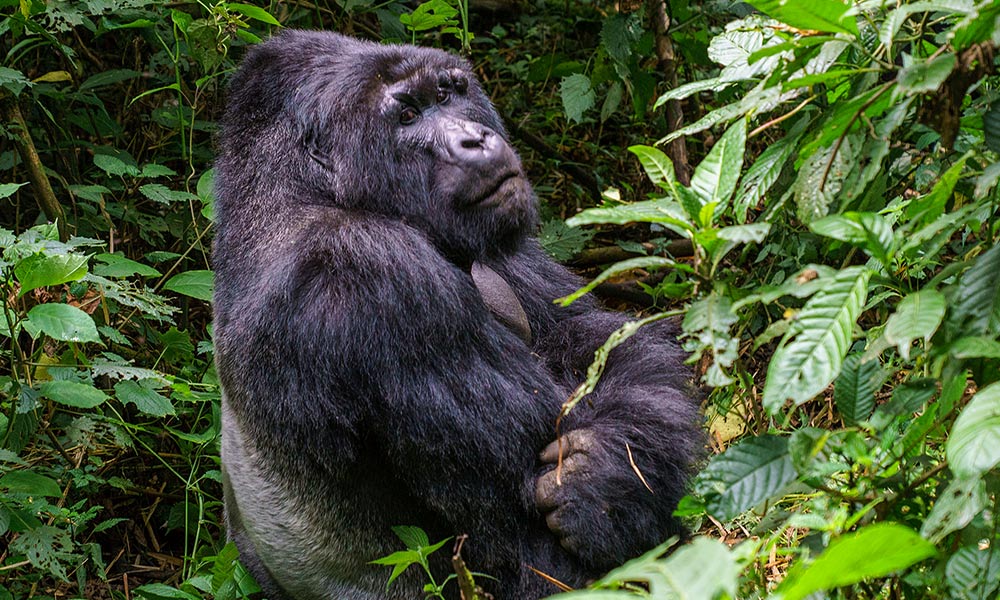Self-drive is regarded as one of the best option while on a safari, driving yourself on a safari has a lot of advantages in that, you have a lot of freedom in your car and you are free to drive at your own pace at your convenient time.
You are free to book the type of car you desire depending on your destination. The method of hiring cabs and taxis has faded up so, many travelers are interested in driving themselves. Many car hire companies are available to offer you the best service; however it’s advised to book with a genuine car hire company to get the best service.
There are very many Uganda car rentals on streets offering the same services, but if you are not steady you may end up booking with wrong people and hence ending up having a bad experience on your safari. In order to get the best companies offering the best service, it’s advised to search on the internet and choose with a genuine one after reading more information and profile of a company. Once you have got the car hire company to hire a car from, you must keep safe on the road; remember you are driving in a strange country.
The following dos and don’ts should be put into consideration in order to have a successful and a wonderful self-drive safari.
- You should not forget the following items during your self-drive safari such as a first aid kid, spare parts at list you should talk to the car hire agency and reserve some for you, Don’t forget also, a spare petrol to last at least 300km allowing for gear driving on rough roads, water of filtered quality and for refilling the engines cooling system if it bursts among many other things that you thing are of importance.
- On bumpy roads, you should avoid over speeding, the most relaxed driving speed is about 60km/h. you should be very conscious on the road and abstain from sudden navigation movements and breaking at the same time both of which can result in sliding. Reducing down the speed early and gentle breaking irregular with carefully dosed accelerator application , will prevent the car from going out of control
- Once you see the fire ahead of bush/ road Stop, this may affect the car remember the fire’s front 500m in length and the fire doesn’t always move in a straight line as you may assume. it’s always very difficult to judge the course and progress from a moving vehicle with bends, slopes, trees, anthill and other obstacles, so you may be confused and hence losing the view ahead
- Before navigating the flooded stretches of the road, or rivers that aren’t too deep for the car, first remove the fan belt water from spraying around which could upset the electrical systems of the engine.
- Keep the speed limit while on the road for the good of your safety, the general speed limit on Uganda roads are 100km/h, don’t overtake unless overtaking. On many roads you will find many traffic offers smartly dressed to ensure that the road users obey the rules of the road. If you’re caught over speeding, not having a valid insurance sticker or driving permit, having an working windscreen wipers, you will be presented with a charge sheet to clear at a bank within 28days; so always be careful while driving on the road.
- Once you have experienced a flat tyre during the road trip, you are advised to park on the left side of the road and vice versa. Most of African roads are rarely level and are most likely to slope down towards the shoulders leaving inadequate allowance for the jack if the pierced tyre is on the road verge.
- Avoid parking in savannah or patches especially during dry seasons, this may put your car at risk of catching fire in that the exhaust pipe or other hot engine part will burn the perched vegetation and trigger off a fire possibly damaging or destroying the car.
- Petrol from remote filling stations or dubious pumps, drums or jerry cans might be dirty. To protect the engine, it may be careful to use nylon stockings or some similar materials to filter the petrol while filling up.
- Before starting your road tip, you are advised to check the vehicle carefully and ask to take it for a test drive. Even if you’re not well conversant about the working of the engines, a few minutes on the road should be adequate to establish whether it has any serious upsetting creaks, rattles or other noises, you don’t understand, check well also the condition of tyres, this is very vital. Don’t forget to carry the driving permit, photocopy of the vehicle registration book, and the vehicle certificate of insurance.











